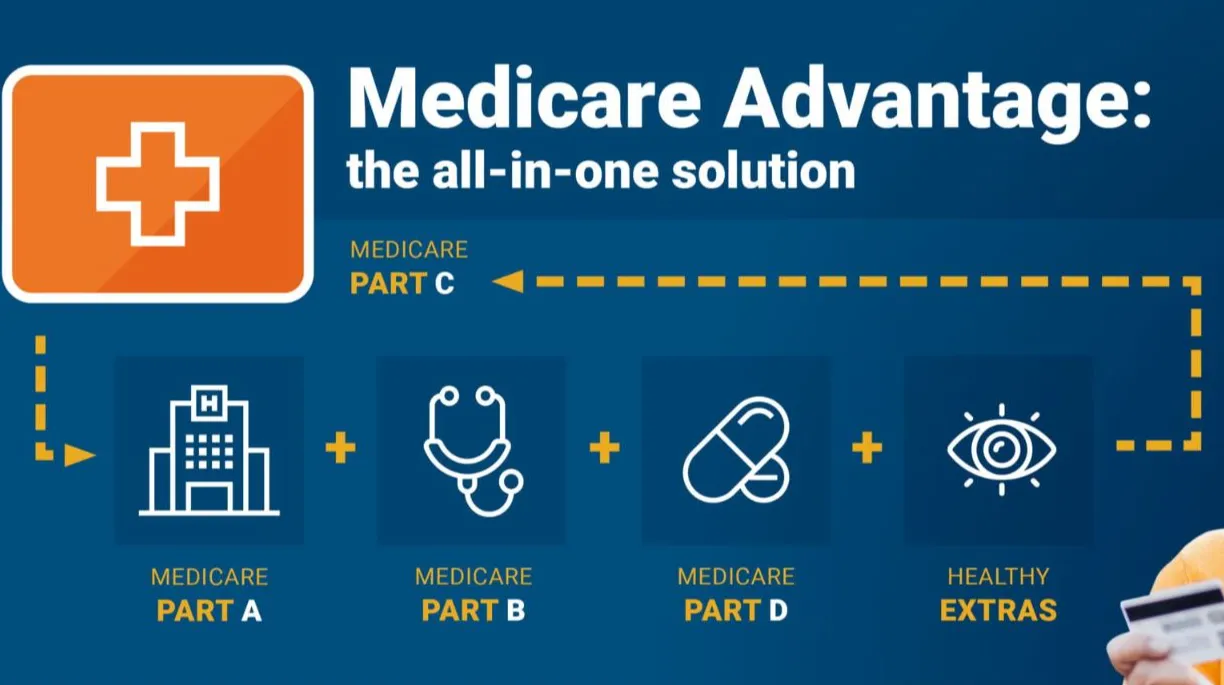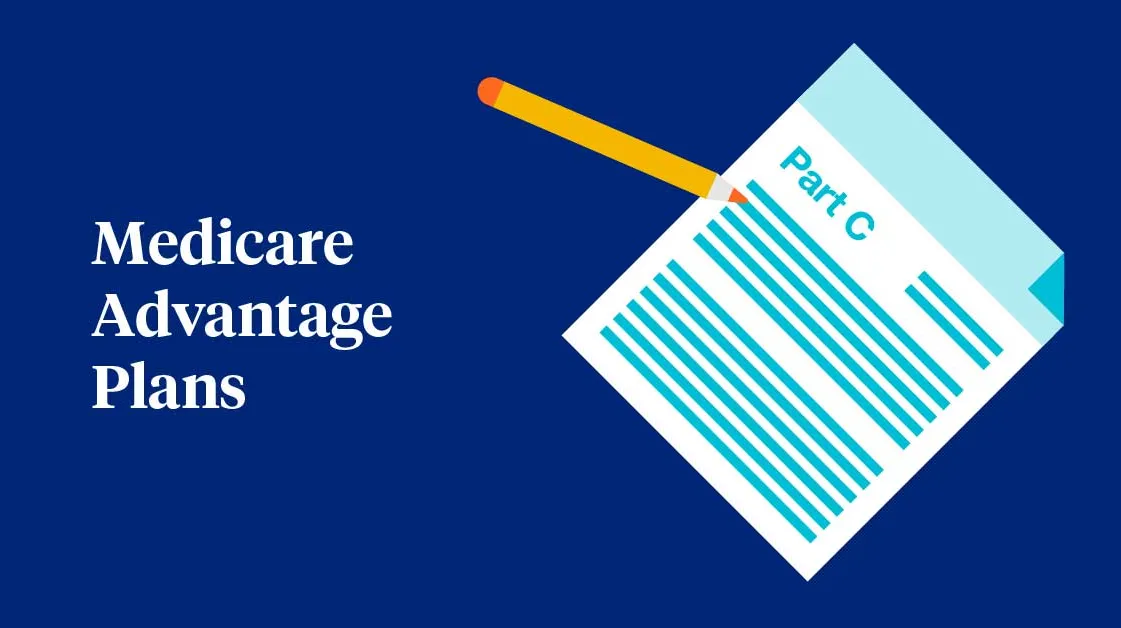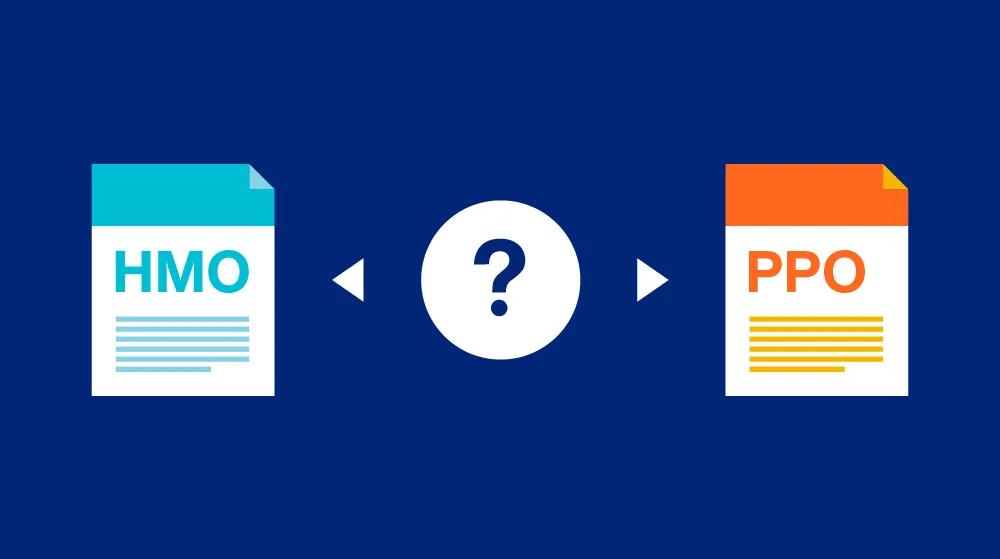
How Medicare Advantage Plans Can Help Pay for Hearing Aids and Exams
{TableOfContents}
Hearing loss affects millions of older adults in the United States, yet hearing aids remain one of the most expensive out-of-pocket healthcare costs for seniors. Many are surprised to learn that Original Medicare (Parts A and B) does not cover routine hearing exams, fittings, or hearing aids. This gap in coverage has made Medicare Advantage (Part C) plans an attractive option for those who want hearing benefits included in their healthcare coverage.
This article explains how Medicare Advantage plans can help pay for hearing aids and exams, what’s typically covered, and how to compare plans to find the best fit for your needs.
The Limits of Original Medicare for Hearing Care
Original Medicare covers medically necessary services for diagnosis and treatment but excludes most routine hearing care. For example:
-
Hearing aids: Not covered at all under Part A or Part B.
-
Routine hearing exams: Not covered unless ordered by a doctor to diagnose another medical condition, such as dizziness or balance problems.
This lack of coverage means beneficiaries often face thousands of dollars in out-of-pocket costs if they need hearing aids. On average, a single hearing aid can cost $1,000–$4,000, and most people require two.
How Medicare Advantage Plans Fill the Gap
Medicare Advantage plans, offered by private insurance companies, are required to provide at least the same benefits as Original Medicare. However, they can also include extra services that Medicare does not cover, and hearing care is one of the most common. Many of these plans help pay for routine hearing exams, contribute toward the cost of hearing aids, and offer discounted pricing through partnered providers. In some cases, plans also include services such as follow-up visits, hearing aid fittings, and repairs, which can make long-term hearing care more affordable. While the exact benefits vary from plan to plan, the added coverage can significantly reduce what you pay out of pocket compared to relying solely on Original Medicare.
Understanding Coverage Details
While Medicare Advantage plans can help lower your hearing care costs, the level of coverage varies widely between plans. Here’s what you should look at when comparing options:
1. Exam Coverage
Some plans cover the full cost of annual hearing exams, while others may charge a small copay. This benefit ensures you can catch hearing loss early and address it before it impacts your quality of life.
2. Hearing Aid Allowance
Most plans set a maximum dollar amount for hearing aid coverage. For example, $500, $1,000, or $2,000 per ear, every one to three years. The higher the allowance, the less you’ll pay out of pocket.
3. Provider Networks
Many Medicare Advantage plans partner with specific hearing aid providers or clinics. This can mean lower prices but less flexibility if you have a preferred audiologist who’s out-of-network.
4. Device Selection
Some plans limit hearing aid coverage to certain brands or models. Others allow you to choose from a wider range of devices, including premium models with advanced features.
Comparing Medicare Advantage Plans for Hearing Coverage
When evaluating Medicare Advantage plans for hearing benefits, it’s important to look at more than just whether hearing aids are covered. Some plans offer a generous allowance for devices but have higher monthly premiums, while others provide a smaller allowance but keep premiums low. The availability of additional in-network discounts can make a significant difference in your total costs. You should also consider how the plan’s network restrictions might affect your ability to see a preferred audiologist or hearing aid specialist, as some providers may not participate. If you travel frequently, it’s worth checking whether the hearing coverage extends beyond your home state. Most importantly, remember that hearing coverage is just one factor in your decision, it’s best to weigh it alongside other benefits such as prescription drug coverage, dental and vision care, and whether your preferred doctors are included in the network.
The Enrollment Window Matters
You can enroll in or switch Medicare Advantage plans during the Annual Enrollment Period (October 15 – December 7) each year. There’s also the Medicare Advantage Open Enrollment Period (January 1 – March 31), which allows current Medicare Advantage members to change plans or return to Original Medicare.
If hearing coverage is a priority for you, these windows are the best time to make a change.
Hearing Medicare Advantage Out
Hearing aids and exams can be a major expense for Medicare beneficiaries, but Medicare Advantage plans offer an opportunity to reduce these costs significantly. By including hearing benefits in your plan, you can get access to regular exams, financial help for devices, and in many cases, discounted prices through partnered providers.
However, coverage details vary greatly, so it’s important to compare plans carefully. Look beyond the hearing aid allowance, consider exam coverage, provider networks, and the range of devices available. With the right Medicare Advantage plan, you can protect both your hearing and your budget.









